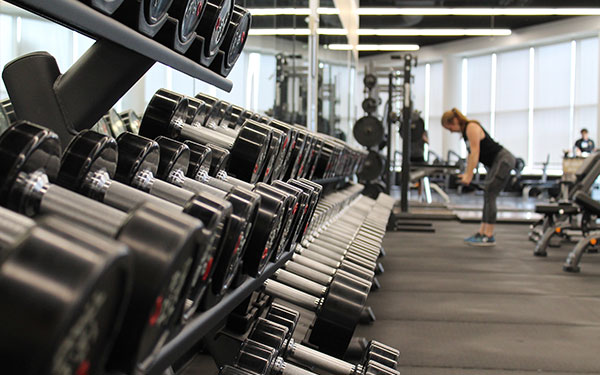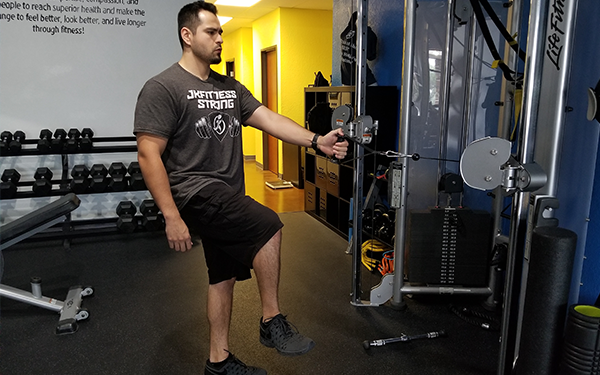Should I be going fast or slow when I do my cardiovascular exercise? Which one will help me lose the most weight? Well it kind of depends, but there is definitely a speed smart way to train for weight loss.
First let’s define what cardio or aerobic exercise really is; it’s anything where you are moving large muscle groups in a rhythmic motion for an extended period of time. So considering this definition; walking, running, cycling and swimming “to name a few” all fall into this category of exercise. Now that we’re all clear about the activities that are cardiovascular in nature, let’s discuss how we can determine how fast or slow to go and which speed is going to facilitate the most weight loss.
Generally speaking, low to moderate speed or intensity is best for targeting fat loss, but this isn’t where you’ll want to train forever. The reason for this is because you burn more total fat calories when exercising at slower speeds versus fast speeds. You will not burn as many total calories when doing your cardio at slower speeds, but you will burn a larger percentage of fat calories. If weight loss is your goal then you’ll want to exercise at these slower speeds, but LONGER durations to still get a significant total caloric burn (a large percentage of which will be fat calories). This is especially effective when coupled with a relatively low carbohydrate diet. You’re essentially forcing your body to tap into your fat stores both through diet and exercise. Keep in mind that you’ll eventually vary your speeds, but start slow and then gradually progress. As you improve your fitness level you’ll need to pick up the pace.
Now if you’re more concerned with improving your cardiovascular fitness level or “Heart Health”, you’ll want to do your cardio at faster speeds or higher intensities. Your heart is a muscle just like any other muscle so in order to make it stronger you will have to exercise it at higher intensities or heart rates which means you’ll have to pick up your pace and train fast versus slow!






[…] Read more at Walk From Obesity. […]